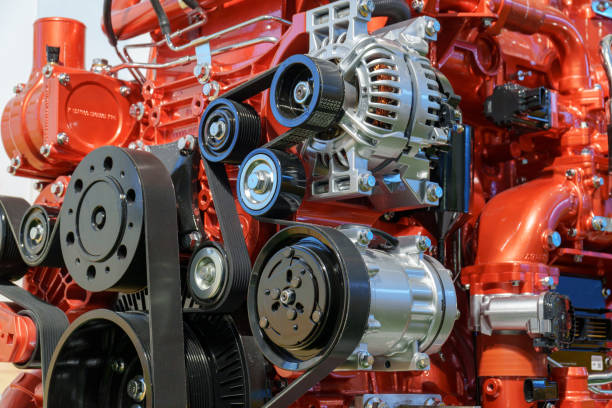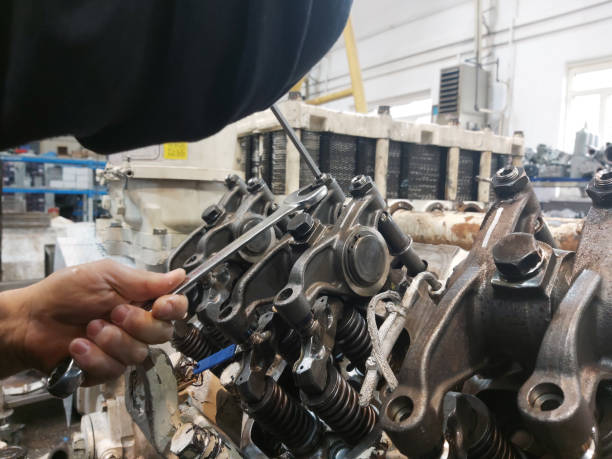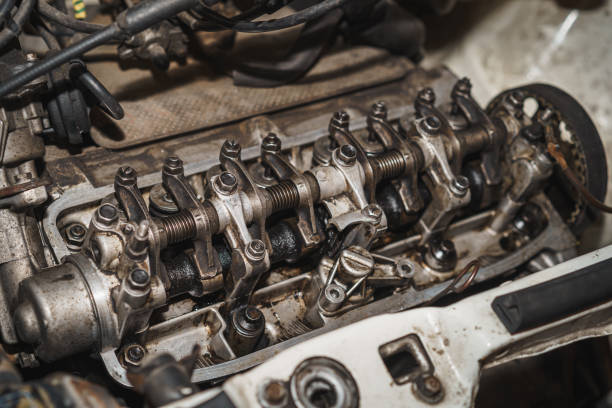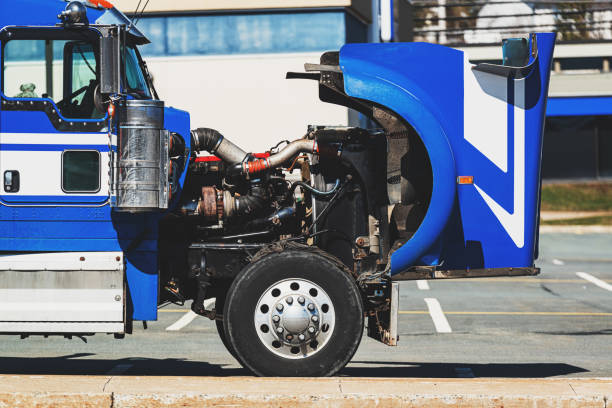Which Cummins Engine Is Right for You? 5.9 vs 6.7 and Third-Gen Comparison
Diesel engines have always been the core power source for both light and heavy-duty trucks, and Cummins engines have a wide user base in the market due to their durability and powerful performance. For car owners and modification enthusiasts, choosing the right Cummins engine not only affects vehicle performance but also relates to long-term usage costs. This article will conduct a comprehensive comparison between 5.9 Cummins and 6.7 Cummins, covering 12V and 24V versions, third-generation improvements, and usage suggestions, to help you make a clearer choice.
Why Is 5.9 Cummins Considered a Classic?
5.9 Cummins are regarded as classics, primarily due to their special status in the history of trucks. Since its launch, this engine has been renowned for its durability and reliability. Many older trucks have been able to operate stably even after traveling hundreds of thousands of miles.
Its classic features are mainly reflected in three aspects:
- Simple and reliable structure: The mechanical fuel pump and direct injection system make the engine easy to maintain and have a low failure rate.
- Low maintenance cost: Parts are easy to obtain and the difficulty of maintenance is relatively small.
- Good user feedback: Long-term use has proven its stability, and it also has high potential for modification.
For this reason, 5.9 Cummins enjoys a high recognition among old car users and modification enthusiasts, and has become the “classic choice” in the minds of diesel engine enthusiasts.

The Development History of 5.9 Cummins
5.9 Cummins has undergone several technological upgrades, gradually enhancing its performance and applicability:
Early 12-valve version: Equipped with a mechanical fuel pump and direct injection system, it offers smooth and reliable power output, making it suitable for light-load transportation and daily driving.
The later 24-valve version: It introduces an electronic fuel control system and an efficient turbocharger, providing more abundant torque over a wide range of speeds while improving fuel efficiency.
Third-generation 5.9 Cummins: Further optimize emission standards and fuel injection control to ensure smoother power output and meet modern environmental protection requirements.
Through these upgrades, 5.9 Cummins has gradually adapted to the needs of different users, from the traditional durable type to the modern version that combines performance and environmental protection.

5.9 Cummins 12V Vs 24V: What Are The Features, Advantages And Disadvantages?
When choosing 5.9 Cummins, the 12-valve and 24-valve versions are the two most frequently discussed configurations. The following table compares their main features, advantages and disadvantages, and applicable scenarios:
| Parameter/ Feature | 12V Version | 24V Version |
| Fuel System | Mechanical fuel pump | Electronic fuel injection |
| Turbocharger | Standard turbo | High-efficiency turbocharger |
| Horsepower/Torque | Moderate | Higher, smoother output |
| Fuel Efficiency | Average | Optimized, better for long-distance heavy loads |
| Maintenance Complexity | Simple | More complex, requires specialized equipment |
| Typical Use Cases | Daily driving, light loads | Long-distance transport, heavy-duty work |
| Advantages | Easy to maintain, reliable, low cost | Stronger power, higher fuel efficiency, suitable for high-demand use |
| Disadvantages | Lower high-speed power, higher emissions | Higher maintenance cost, more complex troubleshooting |
As can be seen from the table, the 12V version is more traditional and durable, suitable for light loads and daily driving. The 24V version is more powerful in performance, but it has higher maintenance and cost requirements.

5.9 Cummins Vs 6.7 Cummins: Which Is Better?
Both 5.9 Cummins and 6.7 Cummins have their own advantages. Which one is better depends on your usage requirements:
- Performance comparison: 6.7 Cummins generally outperforms 5.9 Cummins in horsepower and torque, making it more suitable for long-distance transportation and high-load applications. 5.9 Cummins perform steadily in terms of low-speed torque and are suitable for daily driving and light-load operations.
- Reliability and durability: 5.9 Cummins. Simple structure, easy maintenance, and stable for long-term use. 6.7 Cummins The technology is advanced, but the electronic system increases the complexity of maintenance and requires professional equipment.
- Applicable scenarios: For daily driving and light-load transportation, choosing 5.9 Cummins is more economical. For frequent long-distance transportation or high-performance requirements, 6.7 Cummins is recommended.
In general, there is no absolute best, only the engine that is most suitable for your usage needs.
What Are The Differences Between 5.9 And 6.7 Cummins On The Third-Generation Ram?

On the third-generation Ram model, both the 5.9 and 6.7 Cummins have been upgraded, but the differences are obvious:
The third generation 5.9 Cummins: Maintaining classic durability, the turbocharging and fuel injection control have been improved, providing smoother power output and meeting the needs of daily driving.
Third-generation 6.7 Cummins: Emission control, turbo technology, fuel efficiency and electronic management system have been comprehensively upgraded. The power curve is more linear, suitable for high-intensity operation and long-term running.
When making a choice, users can weigh their driving needs and maintenance capabilities: if they pursue traditional reliability and ease of maintenance, the third-generation 5.9 is still reliable. If you are pursuing modern high performance and environmental protection, the third-generation 6.7 is more suitable.
Which Cummins Model Is More Suitable For Your Needs?
When choosing the appropriate Cummins engine, the following factors should be taken into consideration:
Application scenarios: Light-load transportation and short-distance driving are suitable for 5.9 Cummins. Long-distance transportation, heavy load or high-performance requirements are suitable for 6.7 Cummins.
Maintenance cost: 5.9 Cummins. Simple repair and low cost. 6.7 Cummins. Complex technology requires professional maintenance.
Generational technology: The third-generation engine has significant improvements in emissions and power control. When choosing a vehicle, long-term use should be taken into consideration.
In conclusion, only by making a choice based on the actual usage scenario and budget can the best value of the engine be brought out.

Final Words
By comparing the 12-valve, 24-valve and third-generation technology differences between 5.9 Cummins and 6.7 Cummins, it can be found that each version has its own focus: 5.9 Cummins leans towards traditional durability, while 6.7 Cummins leans towards high performance and modern control. Understanding these differences can help you make wise choices based on your own needs and enable the engine to truly bring out its value.
If you are looking for professional Cummins engine products and related solutions, Longshine has been committed to providing reliable power support.
